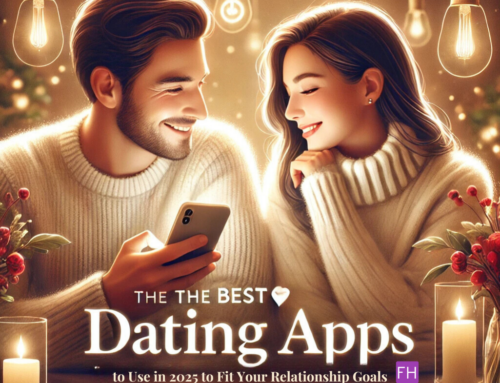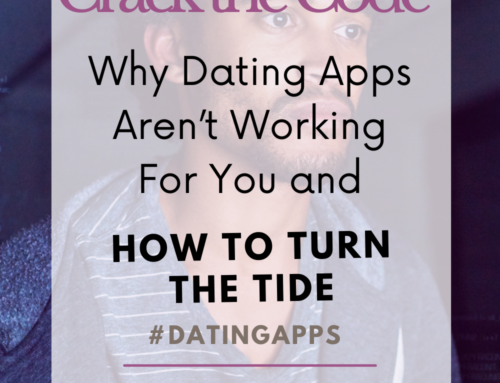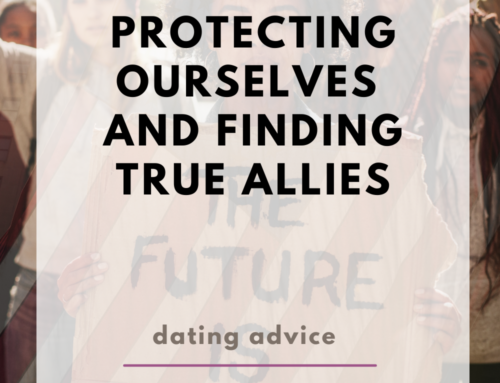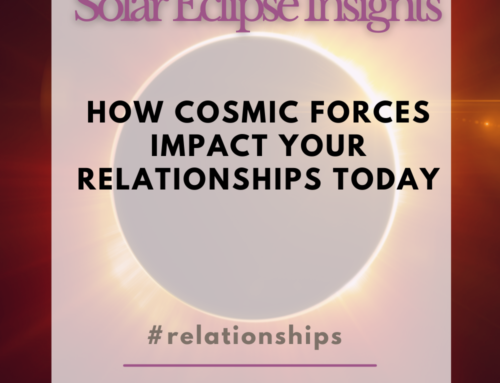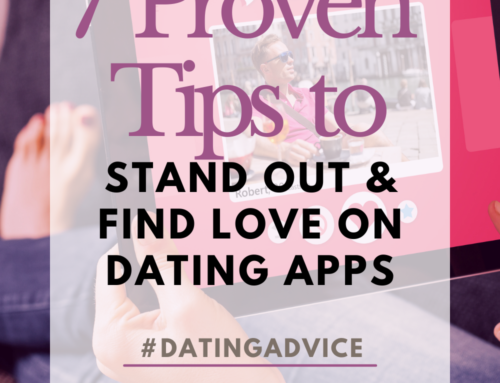Since Tinder’s launch in 2012, millions of people have flocked to this visually stimulating dating app, and despite the heavy criticism, people continue to swipe to the left or the right. However, if dating apps like Tinder give people the illusion of constant matches, it might be doing more harm than good to your dating life, and here’s why.
I have a couple of female friends who have profiles on Tinder and who constantly get messages from men. One of my friends in particular explains how she doesn’t have time nor the desire to go out and meet men, and therefore prefers to use Tinder as a way to meet men she wouldn’t necessarily come into contact with in her day-to-day routine.
She goes on to say, that although she meets and dates plenty of men on Tinder, most of her matches seem to be players, and don’t necessarily appear to be interested in dating, let alone a serious, committed relationship.
So, why doesn’t my friend prefer to use the “real world approach?” The answer, she says, is that she doesn’t feel comfortable meeting and dating men in the places that she frequents, such as the gym and her workplace. Secondly, she believes that finding a match on Tinder is easier than meeting a man in a bar, because at the bar, there are no guarantees at connecting with someone whom she finds attractive.
While Tinder appears to be a quick and easy solution to conventional dating, it really is nothing more than a sexual marketplace that reinforces the idea of dating, but not of dating people.
It takes more than a glance or an image to know whether we can connect with someone. However, with Tinder, or apps like Tinder, you miss the opportunity to truly connect with people because of the “appearance-based” snap judgments.
When someone on Tinder swipes left or right, one issue that arises is the accuracy of the photo. And, photographs in online dating profiles can never show us the reality of what we would think of that person in real life, primarily due to technologies like Photoshop, which create visual illusions that projects deceptive characteristics from the one displaying the image.
The second issue is that even if the image is accurate, it doesn’t necessarily provide people with the verbal and nonverbal cues, both of which are essential to creating and sustaining real connections. As a holistic love coach and matchmaker, I help men and women create and sustain relationships that begin and end with SELF. And, in my experience, the individuals we’re attracting and those who we are attracted to have more to do with the essence of who we truly are, not necessarily what we look like.
I can already hear people’s argument that Tinder is not for people seeking long-term relationships, and that my friend was in fact misusing an app designed primarily for hookups. But is Tinder really an ideal place even for a casual hookup?
Tinder is no different than any of it’s predecessors like Hot or Not, which was a website popular in 2005, and like Tinder — designed for individuals who are seeking instant validation in the form of likes, swipes and hearts. However, whether on a website or a dating app, this type of cultural narcissism does not even guarantee hookups, as most people’s priorities are to post selfies — not to meet strangers.
We also observe this same behavior everyday when we use Twitter, Instagram or Facebook as people post images and status updates hoping for validation. This is the same phenomenon where people are mostly concerned with the illusion of the perfect image, versus the reality of someone’s true self.
Life can be challenging, especially during the holiday season. Relationships don’t have to be. Speaking of the holidays, I have attended quite a few networking events over the past few days and everyone I come in contact with is looking for love and quick, because they don’t want to feel the blunt of being alone at a time designated for family and loved ones.
If you’re interested in being in a long-term committed relationship, or even a short-term/casual relationship, skip Tinder and join a MeetUp.com event or choose a dating platform that caters to people looking to get into a long-term, committed relationship, like eHarmony.
Socializing is a skill that requires effort and practice, and it’s vital to step outside of your comfort zone and actually try to meet people when you go out. By comparison it’s relatively easy to find matches while you sit on your couch, but this could be at a great cost to the quality of your romantic life.
In summary, Tinder teaches us what can go wrong when we become too reliant on social media to fulfill every aspect of our social lives. At the end of the day, there is nothing that can supplant the magic of encountering somebody face to face and feeling what actual chemistry is like. It’s a feeling that we can never replicate in the self-conscious, validation centered world of dating apps.
This post was originally posted on Huffington Post. Collette Gee is a dating and relationship coach and author that helps men and women create and sustain healthy relationship. Learn more about Collette Gee here.

